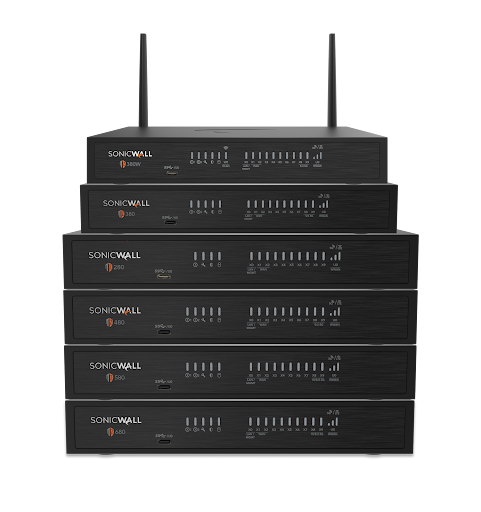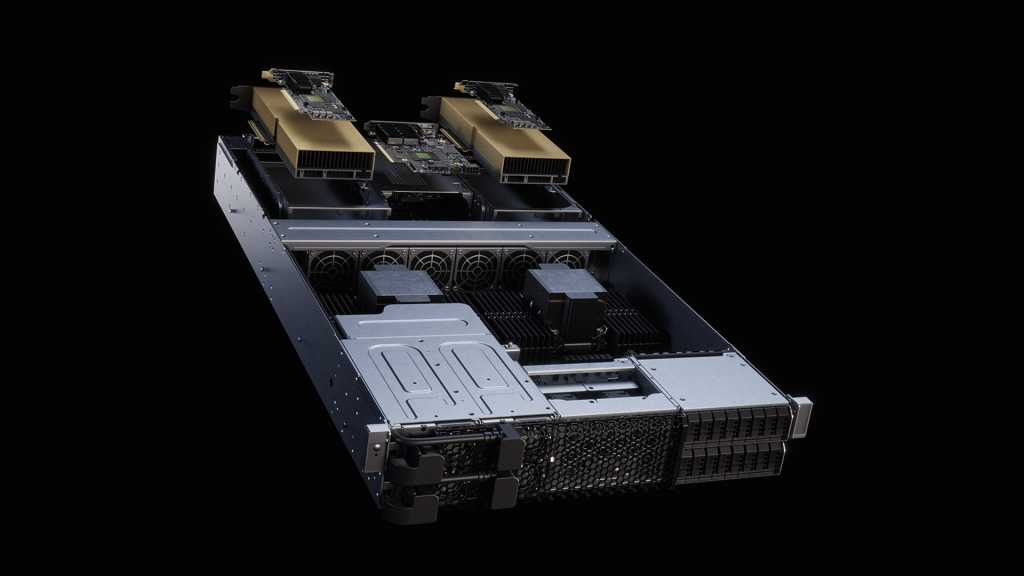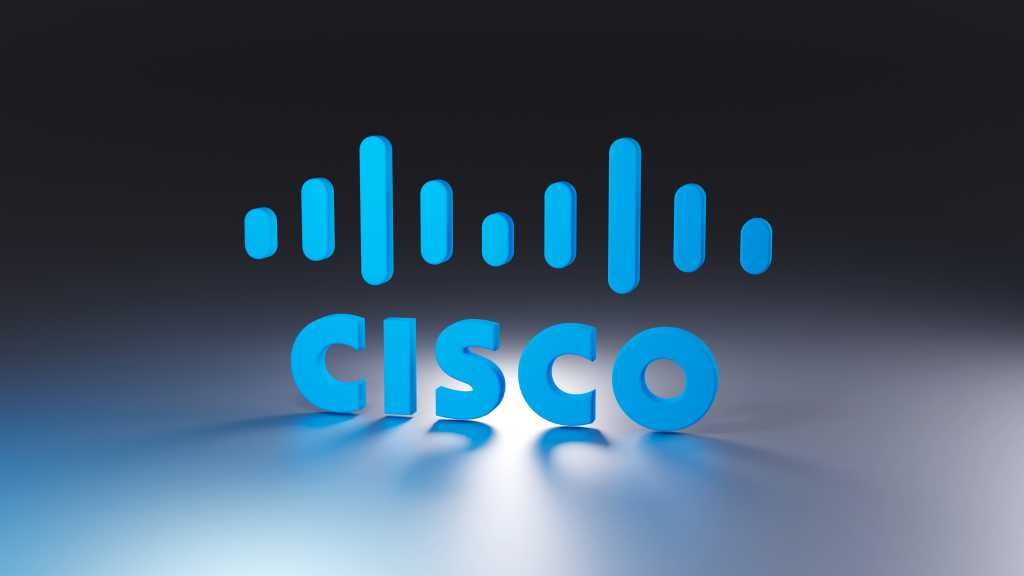
Server CPU shipments were “uninteresting,” as he put it, on a sequential basis, with neither supplier seeing much growth on quarter after last quarter’s atypical increase. On-year, the server market was up significantly but that’s because a year ago, the segment was near its cyclical lows and dealing with inventory adjustments.
“Intel was able to sustain volumes in total server unit shipments by moving shipments to non-data center products, such as Xeon D in networking/storage servers, which they noted in their earnings call. That comes at a price; those products have much lower ASPs, so lower revenues, which is why Intel’s DCAI revenues were lower when units were flat,” McCarron told Network World.
“Nothing really moves that fast in servers, and in general a ‘freefall’ can’t really happen outside of some systemic demand collapse event like 2008 was, as the rest of the industry realistically can’t absorb market share at an unlimited rate due to supply chain considerations,” he added.
AMD’s server revenues hit a record high, but most of the revenue gains was from selling a higher mix of its new Turin core CPUs, and unit shipment growth was very modest. However, even with a 0.1-point increase in share, that means a new record high in AMD server sales. It now has 37.2% market share.
Excluding IoT/SoC embedded products from consideration, Intel’s shipments slightly outgrew AMDs in the quarter resulting in Intel having a modest sequential share increase thanks in part to mobile CPU shipments, where Intel has solid products. AMD made a slight gain in desktops, where it is particularly strong.
As for Arm, it showed strength in the server market thanks to Nvidia’s GB200 processors ramping up volumes. On the client side, Apple had slightly higher shipments in the second but that was offset by weakness in Chromebooks.




















